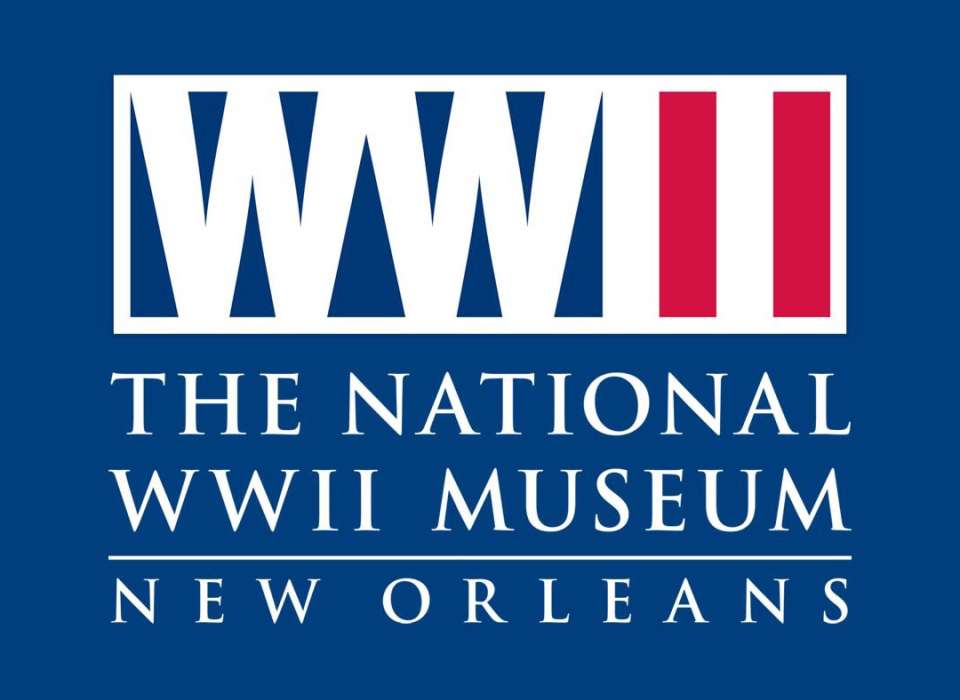We have always enjoyed reading a good war memoir. The memoir genre is uniquely suited to pulling in the reader and giving them a first-person view of the author’s experiences. Memoirs immerse us in small pieces of the war, showing us both its incredible brutality and the struggle for participants to retain their humanity. World War II easily spawned more memoirs than any other twentieth century conflict by virtue of its size alone. But with so many out there it can be hard to choose which ones to tackle first. Here are four of our “can’t miss” favorites:
Ernie Pyle was probably the most famous of all war correspondents; he also gave us one of the first eyewitness accounts of the fight against Hitler in Ernie Pyle in England. Published in 1941, this book was a compilation of Ernie’s reporting from England in 1940 as that nation struggled under the daily German bombing raids and desperate shortages caused by the U-boat menace. Ernie visited Royal Air Force airfields to recount pilots’ heroics, but he also told of his stops in sleepy farm towns which were now the front lines in feeding a beleaguered nation. Above all, Ernie showed America a heroic and defiant Britain that soldiered on. From London, Ernie explained,
“And Big Ben? Well He’s still striking the hours. He hasn’t been touched, despite half a dozen German claims that he has been knocked down. Bombs have fallen around Trafalgar Square, yet Nelson still stands atop his great monument, and the immortal British lions, all four of them, still crouch at the base of the statue, untouched…If you had a favorite pub, ten to one it is still serving ale.”
Ernie Pyle
Ernie’s reporting helped convince America that Britain’s fight was the fight of all freedom-loving people, and it stands the test of time as one of the great tales of the era.
Another indispensable American account of World War II is Robert Leckie’s Helmet for My Pillow. First published in 1957, this is the extraordinary account of Leckie’s WWII combat experiences with the 1st Marine Division. Leckie was a member of a machine gun crew and participated in every one of the Division’s campaigns except Okinawa. His story begins in basic training where he was initiated into the “cult of the Marine.” Leckie explained the pride in his service:
“No one could forget that he was a marine. It came out in the forest green of the uniform or the hour-long spit-polishing of the dark brown shoes. It was in the jaunty angle of the campaign hats worn by the gunnery sergeants. It was in the mark of the rifleman, the fingers of the gun hand longer than those of the other.”
Robert Leckie
Leckie went on to give a vivid picture of the confused jungle combat on Guadalcanal and the savage combat on hellish Peleliu. He also included an extremely rare glimpse of what a marine felt when suffering from what now called Post Traumatic Stress Disorder. Following the publication of Leckie’s memoir, he authored nearly 40 other works of fiction and nonfiction, including several historical studies of campaigns in the Pacific War. His memoir surpassed them all in sales, however, because of its brutal honesty and directness. No student of the Pacific War can afford to overlook it.
Leckie has few rivals among memoirists in the Pacific Theater but his comrade in the 1st Marine Division, Eugene Sledge, left us with what is widely considered to be one of the best accounts of war from any era. Eugene Sledge published his memoir, With the Old Breed, in 1981 after using clandestine notes he made in his wartime Bible to reconstruct his memories. Sledge served with a mortar team in the 5th Marines. In this no-holds-barred book, Sledge does an incredible job of making readers understand the tragedy taking place, and how war makes men do things they would never have imagined doing. He conveyed the terror of combat on Peleliu and Okinawa and recounted the atrocities on both sides. Near the end of operations on Okinawa, Sledge explained how fear gripped him.
“While I plodded along through the darkness, my heart pounding, my throat dry and almost too tight to swallow, near-panic seized me. Having made it that far in the war, I knew my luck would run out. I began to sweat and pray that when I got hit it wouldn’t result in death or maiming. I wanted to turn and run away.”
Eugene Sledge
Although Sledge survived the war physically unscathed, like many veterans he was tormented for decades by nightmares and memories of what he had witnessed. His written account of his service is one of the most compelling memoirs of the war.
For our last memoir recommendation, we are jumping back to the European theater of the war. George Wilson’s 1987 memoir, If You Survive, is not as popular or well known as many other WWII memoirs, but it covers nearly the entire campaign from Normandy to VE-Day through the eyes of an infantry officer. Lieutenant Wilson was the commander of F Company, 22nd Regiment with the 4th Infantry Division. He entered battle in late June of 1944, and was in combat for nearly eight continuous months. His story moves incredibly fast as he describes his experiences through the Normandy Campaign, Siegfried Line, Hurtgen Forest, and the Battle of the Bulge. His memoir tells of ambushes and close calls, with a tone of detachment that showed how many officers had to separate their feelings from many of the events in order to command effectively.
These are just a couple of our favorite memoirs from among the thousands of WWII memoirs out there. We hope you enjoy discovering or revisiting them as much as we did.
Dan Olmsted
Tyler Bamford
Tyler Bamford was the Sherry and Alan Leventhal Research Fellow at the Institute for the Study of War and Democracy at The National WWII Museum from 2019-2021. He obtained his PhD in history from Temple University and his BA in history from Lafayette College.
Cite this article:
MLA Citation:
APA Citation:
Chicago Style Citation:







![Max Fuchs, New York City cantor, sings as Rabbi Sydney [sic] Lefkowitz, Richmond, VA, conducts the first Jewish services from Germany.](/sites/default/files/styles/max_650x650/public/2025-10/image1.jpg)


